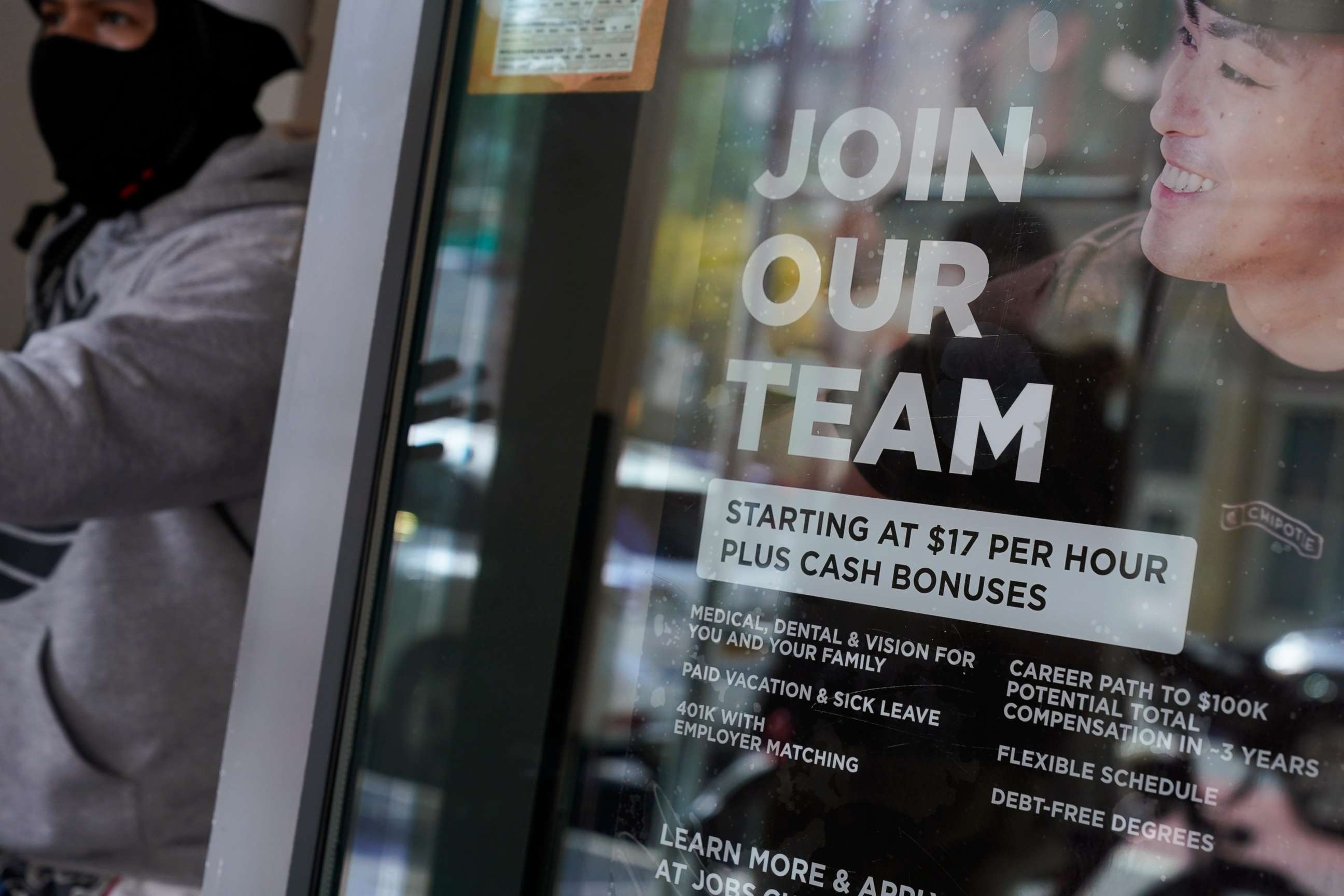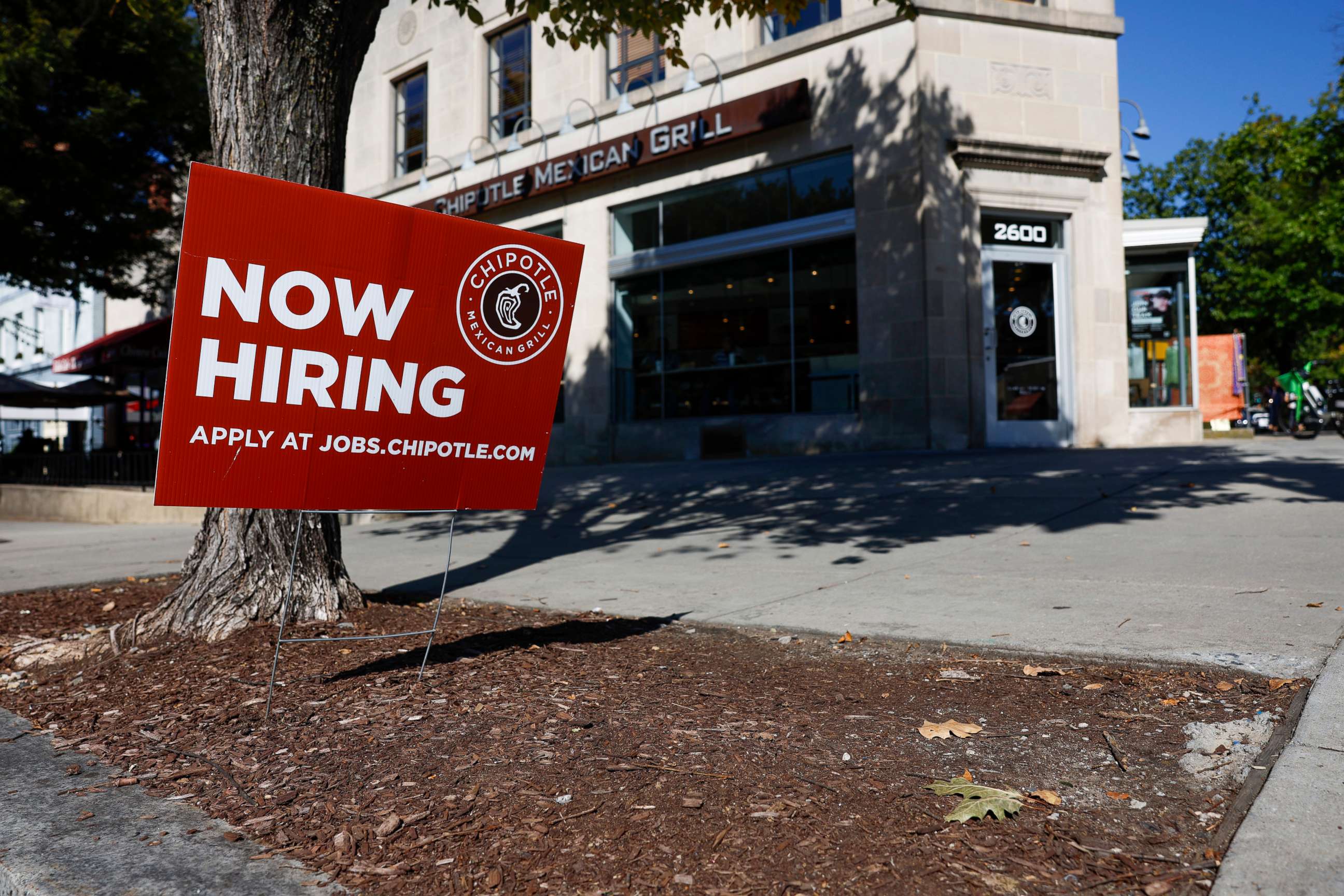US hiring exceeds expectations, as economy adds 261,000 jobs
The U.S. added 261,000 jobs in October, exceeding economist expectations and sending a positive signal for the economy days before the midterm elections.
The unemployment rate increased to 3.7%. However, the unemployment has stood between a narrow range of 3.5% and 3.7% since March, according to data from the Bureau of Labor Statistics.
The strongest job gains came in health care, manufacturing and professional and technical services.
The report arrives two days after Fed Chair Jerome Powell announced another jumbo-sized interest rate hike, intensifying the central bank's fight against inflation and stoking fears of a downturn.
The aggressive move is the latest in a string of borrowing cost increases imposed by the Fed in recent months as it tries to slash price increases by cooling the economy and choking off demand. The approach, however, risks tipping the U.S. into a recession and putting millions out of work.
While hiring has slowed from a breakneck pace earlier in the year, the labor market continues to defy recession concerns.
In a statement, President Joe Biden applauded the new data, saying it "shows that our jobs recovery remains strong."
"We're going to do what it takes to bring inflation down," he added. "But as long as I'm president, I'm not going to accept an argument that the problem is that too many Americans are finding good jobs."

The number of job openings increased in September, a sign that the need for workers remains robust, government data released Tuesday showed. However, hiring and people quitting fell slightly in September, suggesting that the demand for labor from employers has begun to ebb.
While strong, the hiring in October falls well below the typical jobs added over a given month in 2022. Monthly job growth has averaged 407,000 thus far in 2022 versus 562,000 per month in 2021, the jobs data on Friday showed.
While some data points to an economic slowdown, a government report released last month showed significant economic growth over three months ending in September.
U.S. gross domestic product grew 2.6% over that period; by contrast, economic activity shrank a combined 2.2% over the first six months of the year.
Inflation, however, remains a top concern for federal policymakers.

As of September, the most recent month on record, consumer prices rose 8.2% in the last 12 months. The figure marks a slight decline from some previous months but hovers at a 40-year high.
When facing high inflation, policymakers fear what's referred to as a price-wage spiral, in which a rise in prices prompts workers to demand raises that help them afford goods, which in turn pushes up prices, leading to a self-perpetuating cycle of runaway inflation.
However, the jobs report on Friday is the latest to ease such concerns. Average hourly earnings rose 4.7% over the past year, well below the inflation rate and a decline from 5% year-over-year wage growth the previous month.




